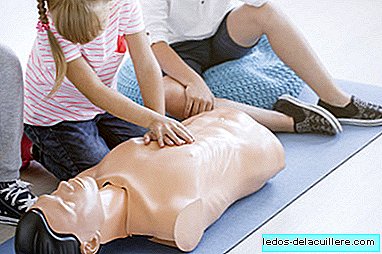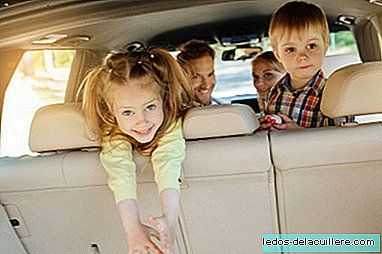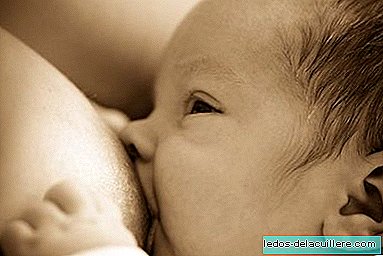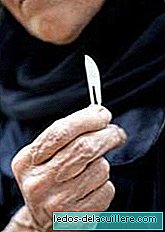
We never know when someone in our environment may need medical assistance, perhaps a respiratory or heart problem where a good resuscitation maneuver can be key to saving a life.
For us to see the importance of having this knowledge, we only have to mention the fifteen-year-old boy who last Sunday practiced cardiopulmonary resuscitation maneuvers to his own father, saving his life and keeping him stable until the emergency services arrived. This training he had recently received is his school but in spite of everything, Resuscitation maneuvers remain a pending issue in schools.
Every year there are 30,000 cardiac arrests in our country according to the Spanish Heart Foundation and despite this, only three out of ten Spaniards would know how to perform a cardiopulmonary resuscitation (CPR), according to the "Cardioprotection Study in Spain 2016".
With these figures it is clear that training children in cardiopulmonary resuscitation is essential to help in case of emergency.
As with any other subject, when we learn it in childhood it is easier to train it and increase the knowledge we have of it in later stages.
Why do children have to learn resuscitation?
- The first reason seems obvious, save a life.
- Some experts find it necessary for children to learn resuscitation techniques and first aid to be able to attend to people who are with them every day in their own school such as a teacher who suffers a heart attack or a classmate who chokes.
- Know how number 112 works, its importance and keep it always in mind.
- Being prepared for resuscitation will empower you attend to someone in case of a domestic accident.
- This training will be useful for differentiate the most serious cases from the mildest.
- In case of cardiorespiratory arrest they will be trained to start the appropriate maneuvers until emergency services arrive.
- To have first aid knowledge to react to chokes, wounds, burns or syncopes.
From what age should children learn these techniques?
A study published in the British Medical Journal in 2007, where children of different age groups participated, in order to check if they had sufficient strength to perform chest compressions effectively and with adequate depth in an adult dummy arrived to the following conclusions:
- 9 and 10 years: none got it.
- 11 and 12 years: only 19% of the group was strong enough.
- 13 and 14 years: 45% of young people got it with an effectiveness rate very similar to that achieved by adults.
It is possible that the conclusion is that for a cardiopulmonary maneuver the required force is in the hands of children aged between 13 and 14 years.
Despite this there are innumerable cases of children who with just 10 years have helped their peers, friends or family in cases of suffocation or emergency thanks to a rapid intervention and good knowledge of first aid.
Hence the importance of imparting these concepts at an early age. A great example we have in these small third-party children who learn resuscitation techniques thanks to a fun song:
What measures are being implemented in Spain?
In our country it is not obligatory to teach these formations in schools but it is true that more and more are those who subscribe to this type of training on a voluntary basis.
The Spanish Cardiopulmonary Resuscitation Council (CERCP) promoted the initiative in Spain “Children saving lives, learning CPR in schools” aimed exclusively at schoolchildren based on the premise of the American Heart Association which stated that for cardiac arrest survival to increase, it should be formed in Cardiopulmonary Resuscitation techniques at least 20% of the population, which in Spain would mean training nine million of people. In 2012 alone, 70,000 people were trained among adults and children.
What is clear is that good training coupled with rapid action can save a life so these practices should be another subject in the education system.
In addition, they can help in the prevention of other situations such as choking or anxiety problems. Practical classes with a very positive purpose.












